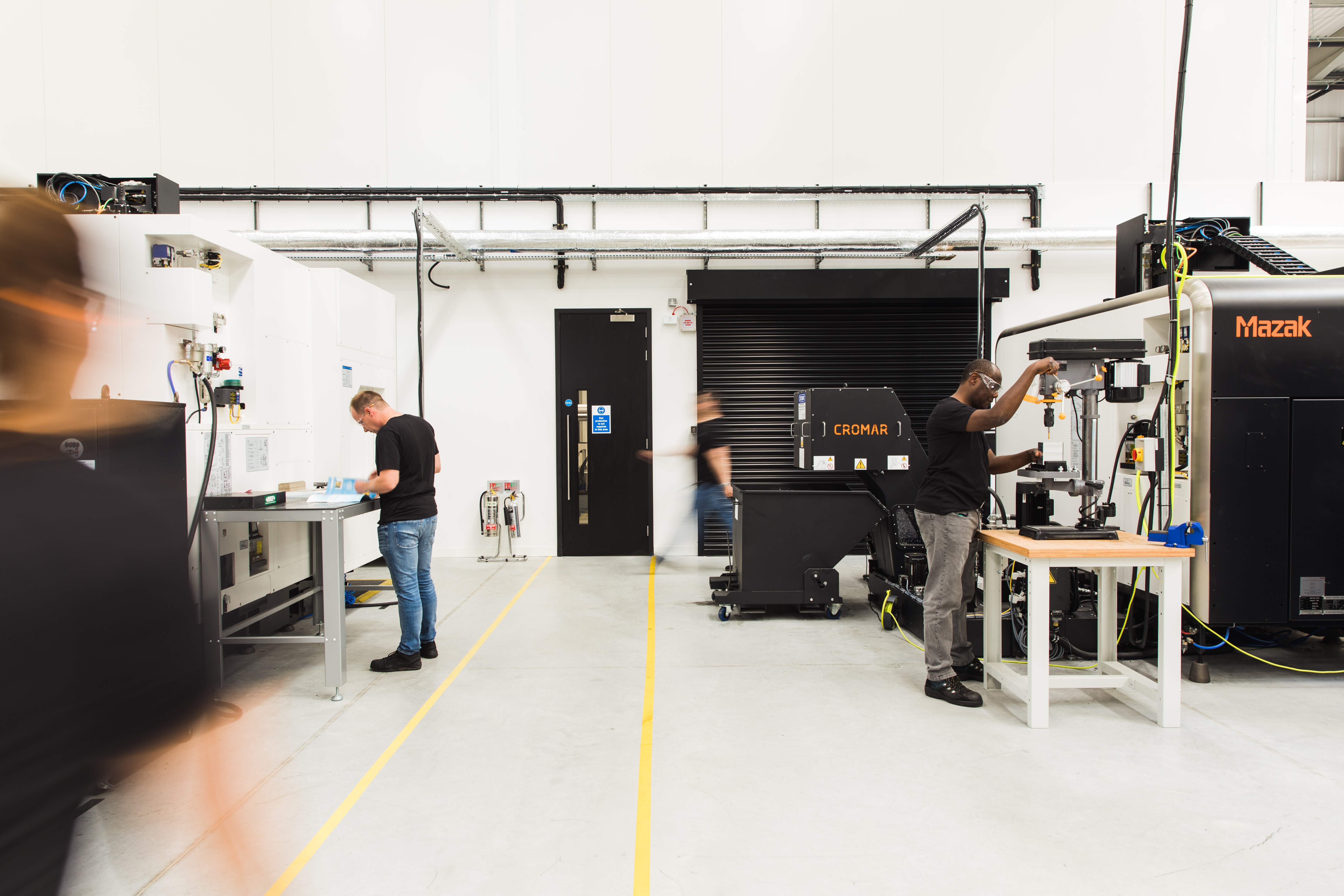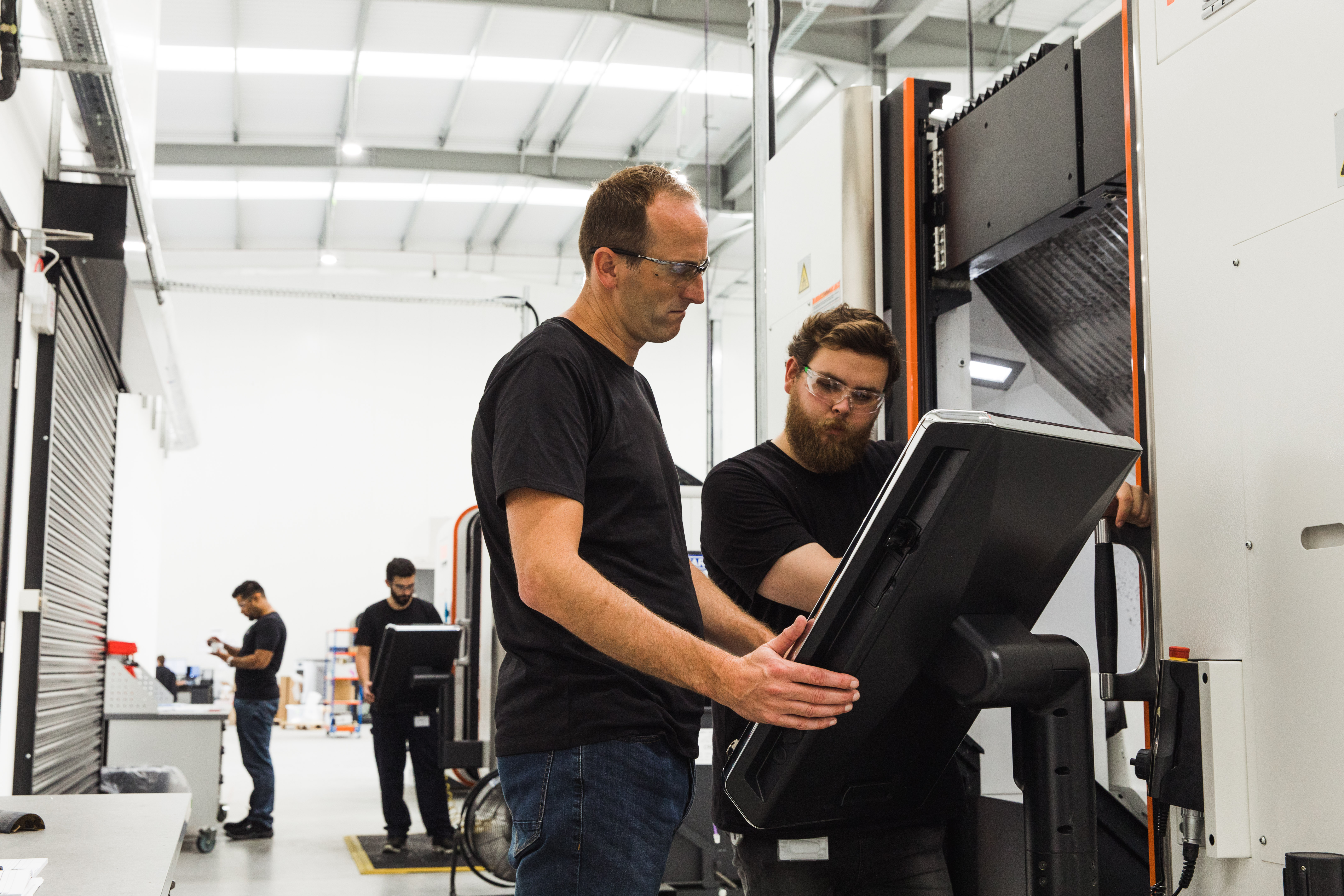
If you’ve ever found yourself spending hours programming a single part - tweaking toolpaths, checking clearances, hunting for the right strategies - you’re not alone. CAM programmers everywhere are under pressure to deliver perfect toolpaths faster than ever. The good news is that there are practical ways to dramatically reduce programming time without sacrificing quality.
Whether you’re a seasoned machinist or a manufacturing engineer responsible for hitting production deadlines, this guide will walk you through how to get faster at CAM programming, what processes to optimise, and how new technologies like CloudNC’s CAM Assist are reshaping programming speed entirely.
1. Standardise your workflow and templates
One of the biggest time-sinks in CAM is reinventing the wheel for every new part. Standardising:
- Tool libraries
- Workholding setups
- Post processors
- Machining strategies
- Naming conventions
…can remove countless small decisions that slow you down.
A robust set of templates ensures you’re working from a consistent baseline and reduces the chances of error.
2. Build a high-quality tool library
Searching for tools, defining them, and applying parameters manually wastes time. Instead:
- Create predefined tool databases for your common materials.
- Include feeds/speeds presets where appropriate.
- Group tools by machine or material.
A clean, reliable tool library speeds up programming and post-processing, and paves the way for automation tools to perform better.
3. Use feature recognition to automate repetitive steps
Many CAM platforms include automatic feature recognition, which can identify pockets, holes, and contours without manual selection.
While not perfect for every geometry, using AFR where possible can cut your programming time significantly, especially for prismatic parts.
4. Improve your CAD-to-CAM strategy
Small changes upstream in CAD can result in major time savings in CAM. Examples:
- Simplify or suppress cosmetic features.
- Fix broken or imported geometry before programming.
- Use consistent model orientations aligned with fixture setups.
Cleaner input = faster programming.
5. Learn your shortcuts
Keyboard shortcuts, right-click menus, and custom hotkeys often save minutes per operation - which compounds across an entire day.
Most programmers only use a fraction of their CAM system’s efficiency tools. Take the time to learn them. It pays off quickly.
6. Leverage knowledge from your best programmers
Institutional knowledge is often the most valuable asset in a machine shop.
To speed up programming:
- Document successful strategies
- Share proven toolpaths
- Run internal lunch-and-learn sessions
- Create machining “playbooks” for common part types
This stops knowledge from being locked inside individuals and makes it accessible across the team. The Titans of CNC academy also has a lot of good free resources.
7. Use AI to accelerate CAM programming with CAM Assist
This is the biggest shortcut of all.
CAM Assist, developed by CloudNC, is an AI-powered tool that generates working, editable machining strategies in seconds. Instead of spending hours selecting features, choosing strategies, and building toolpaths, CAM Assist can do the bulk of that work instantly.
With CAM Assist, you can:
- Generate toolpaths in minutes instead of hours
- Automatically select appropriate tools and strategies
- Produce high-quality toolpaths for even complex prismatic parts
- Reduce human error and programming bottlenecks
- Spend more time optimizing and less time clicking
CAM Assist integrates directly into the CAM environment, allowing programmers to retain full control: you can edit, confirm, adjust, and apply your usual tooling standards.
For teams under schedule pressure, or for programmers juggling multiple machines, CAM Assist is a force multiplier - letting you reclaim hours every day.
So, how do you get faster at CAM programming?
To recap:
- Standardise your workflow
- Build a clean tool library
- Use feature recognition
- Improve CAD-CAM integration
- Learn shortcuts
- Share knowledge internally
- Adopt AI tools like CloudNC’s CAM Assist
The fastest CAM programmers aren’t the ones rushing - they’re the ones who’ve built systems that eliminate unnecessary steps.
With tools like CAM Assist, the future of CAM programming is one where programmers spend less time on repetitive setup, and more time on the creative, high-value decisions that machines and software can’t replace.
Want to see how much faster you can get?
If you’re curious how much time CAM Assist could save your team, you can learn more or request a demo at https://www.cloudnc.com.




